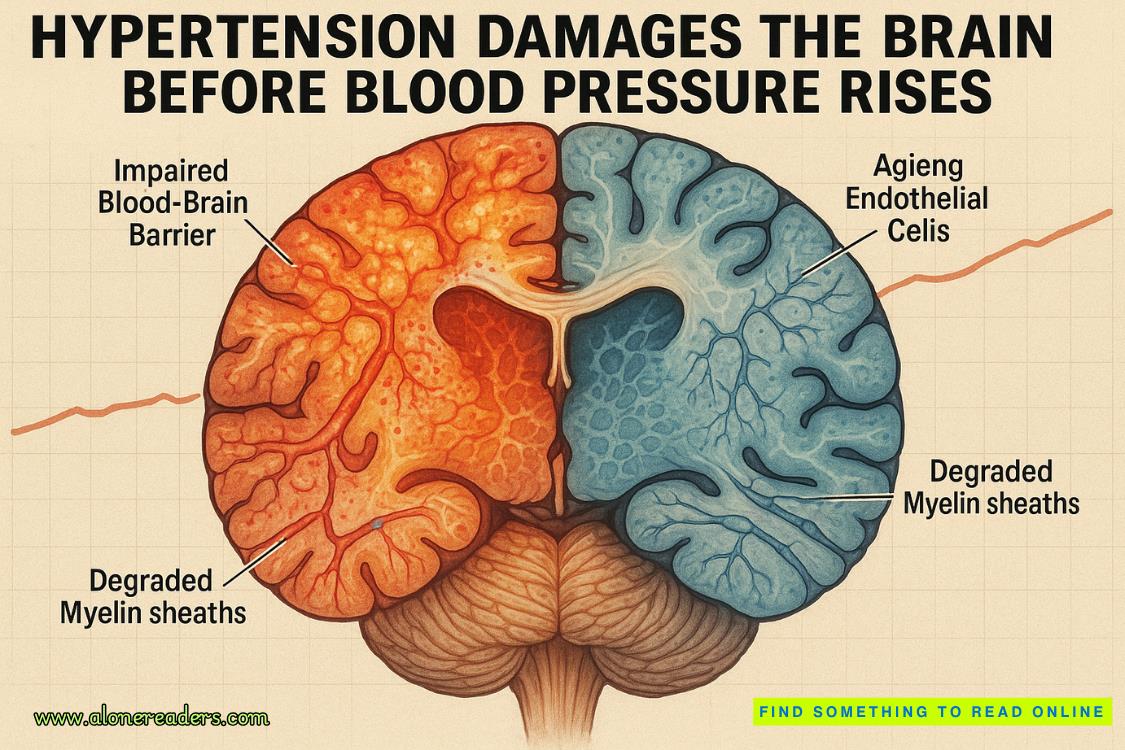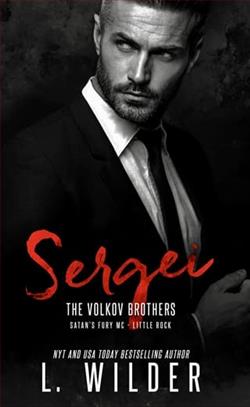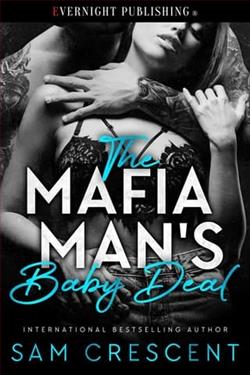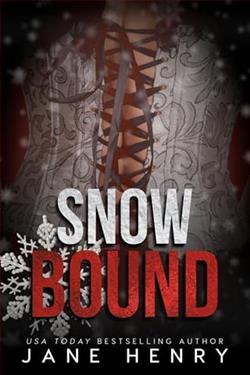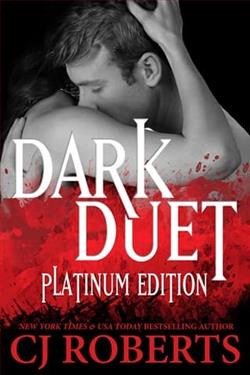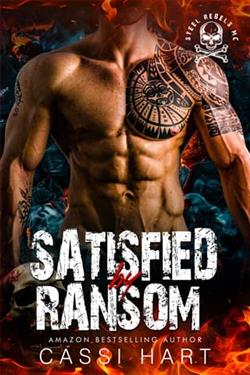Page 22 of The Thirteenth Skull (Alfred Kropp 3)
“I spoke with that detective, Ms. Black, and she’s agreed to post an officer outside your door.”
“Because whoever did this will try again.”
He didn’t say anything.
“Is that why you came, to tell me that?” I asked.
“No, Alfred,” he said. He sighed. “No.”
He opened his briefcase and took out a charred photograph, its edges black and crumbly.
“I found this after the ... well, this morning.”
He held it toward me.
“I can’t move my arm, Mr. Needlemier,” I said.
“Oh! Of course, sorry.”
He got up and held the picture in front of my face so I could see it. Something had distorted the image, turning it a sickly, mustard yellow, but I could make out the face of my mother. She was young in the picture. She was smiling. That’s how I recognized her. Her teeth. Some big brown blob floated just under her chin.
“What’s she holding?” I asked.
“I think it’s a child.”
“It’s me,” I said. “She must have sent it to Mr. Samson.”
He didn’t take the photo away. He stood by the bed and held it in front of my nose until I told him to get it the hell away from me. He set it on the stand beside the bed.
“Why is it all burned up like that?”
He blinked several times and his mouth came open a little. “Oh. I’m sorry, Alfred, I assumed they had already told you.”
“Told me what?”
“Alfred, last night Bernard’s house burned to the ground. A total loss.” He pulled out his monogrammed handkerchief and blew his nose. “They haven’t made a determination yet, but they suspect that it was arson. And that isn’t all. Your father’s grave ... it’s been desecrated.”
“What do you mean, desecrated?”
“They mutilated his corpse ... left his body by the grave site ... but took his head, Alfred. They took his head!”
He began to cry. Watching a grown man cry is never easy, but Mr. Needlemier’s baby face made it seem more natural somehow.
“You know,” I said. “I’m just guessing, but I think somebody’s trying to send me a message.”
11:05:29:08
Meredith Black stepped into the room, closed the door, and without saying a word unsnapped the buckles holding my wrists and ankles. I sat up as she sat down.
“I don’t have anything to say to you,” I told her.
“That’s fine,” she said. “I have something to say to you. Last fall two of my colleagues responded to a homicide in the Halls area just off Broadway. A security guard had been stabbed to death in his living room. There was an eyewitness: the victim’s fifteen-year-old nephew, who told them a very odd story about a man named Arthur Myers and a company called Tintagel International and a very valuable sword, which also turned out to be the murder weapon. The victim’s name was Farrell Kropp, and he worked for Samson Industries. For Bernard Samson.”
She paused for a breath. I was rubbing my aching wrists and avoiding her eyes.
“It was an odd case. The manner of death, for example. Not too many people in Knoxville—or anywhere else, for that manner—meet their Maker by means of an antique broadsword. The witness’s story was odd, too. Secret chambers, saber-wielding monks, a sword that seemed to have a mind of its own. The two homicide detectives who responded to the call that night remember the case very well. They distinctly remember filing the report. Only now there is no report. There’s no record anywhere of a murder happening that night. Bernard Samson showed up at that apartment and after that the report vanished. And do you know what happened next? Both those detectives abruptly quit their jobs—one was about six months short of full retirement—and moved to the Caribbean. To an island that is owned by ... wanna guess? Samson Industries.”
“I don’t know anything about that,” I said.



